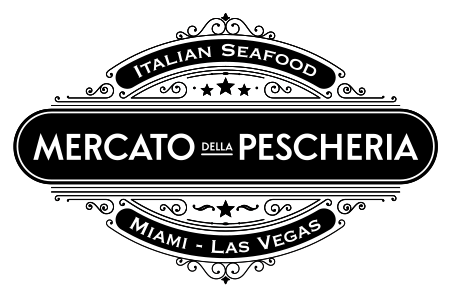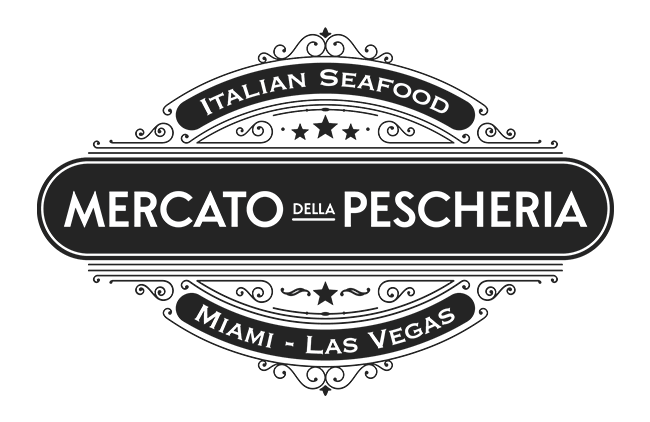How is Italian pizza different from American pizza?
Pizza is a popular dish around the world, but not all are created equal. The two most prominent styles, Italian and American pizza, offer unique flavors, textures, and experiences. Understanding the differences between these two iconic types of pizza can enhance your appreciation for each and help you decide which one suits your taste buds better.
Historical roots: the origins of Italian and American pizza
The story of pizza begins in Italy, where the first pizzas were simple flatbreads topped with olive oil, herbs, and cheese. Modern pizza as we know it originated in Naples in the 18th century, when the Margherita pizza-a simple combination of tomato, mozzarella, and basil-became a symbol of Italian culinary tradition. This classic style was exported to the United States by Italian immigrants in the late 19th and early 20th centuries.
In America, pizza quickly became a new culinary phenomenon. As it spread across the country, American chefs began experimenting with thicker crusts, a wider variety of toppings, and new cooking methods, leading to the creation of regional styles such as New York thin-crust, Chicago deep-dish, and California gourmet pizza. While rooted in the Italian tradition, American pizza became a culinary creation in its own right.
Crust and dough: the foundation of pizza
One of the most striking differences between Italian and American pizza is the crust. Italian pizza is known for its thin, crispy crust, which serves as a delicate base for high-quality toppings. The dough is often made with only flour, water, yeast, and salt, and is allowed to ferment slowly to develop flavor and texture. The result is a light, airy crust with a slightly charred, blistered edge that is typical of Neapolitan pizza.
In contrast, American pizza crusts vary widely from style to style. New York-style pizza has a thin but slightly chewy crust, while Chicago-style deep-dish pizza is known for its thick, buttery crust that resembles a pie rather than a traditional pizza. American pizza doughs often contain more oil or sugar, which contributes to a softer, richer crust that can support a heavier load of toppings.
Sauce and toppings: flavor profiles and ingredients
Italian pizza is celebrated for its simplicity and the quality of its ingredients. The sauce is usually made from fresh San Marzano tomatoes, lightly seasoned with salt and sometimes a touch of garlic or oregano. Toppings are minimal but of the highest quality – think fresh mozzarella, basil, prosciutto and arugula. The emphasis is on letting the natural flavors of each ingredient shine through.
American pizza, on the other hand, is often more about variety and abundance. The sauce is typically cooked, with a more robust and sweeter flavor profile, often seasoned with garlic, onions, and herbs. Toppings can range from the classic pepperoni and sausage to unconventional choices like pineapple, barbecue chicken, or even macaroni and cheese. This variety allows for a wide range of flavor combinations to suit different tastes and preferences.
Cooking techniques: traditional vs. modern methods
The way a pizza is cooked plays a significant role in its final flavor and texture. Traditional Italian pizza is typically baked in a wood-fired oven at very high temperatures-often over 800°F. This intense heat cooks the pizza in as little as 90 seconds, creating a crisp, lightly charred crust while keeping the toppings fresh and vibrant.
In contrast, American pizzas are typically cooked in electric or gas ovens at lower temperatures, often around 500°F. The longer cooking time allows for a thicker crust and more melted cheese, creating a different eating experience. Some American pizzas, such as Chicago deep-dish, are even baked in a pan, resulting in a rich, buttery crust that is almost pastry-like.
Popular varieties: Classic Italian vs. American favorites
Italian pizza styles are deeply rooted in tradition, with the Margherita being the most iconic. Other popular options include the Quattro Stagioni (Four Seasons), which divides the pizza into four sections, each representing a different season, with toppings such as artichokes, ham, mushrooms, and olives. The simplicity of these pizzas allows the quality of the ingredients to take center stage.
American pizza, on the other hand, is known for its creativity and regional diversity. New York-style pizza is famous for its large, foldable slices topped with just the right amount of cheese and sauce. Chicago’s deep-dish, with its thick layers of cheese and tomato sauce, is more of a hearty meal than a quick snack. Then there are the West Coast’s gourmet pizzas, which can include toppings like smoked salmon, goat cheese, or truffle oil.
Serving styles: how pizza is enjoyed
In Italy, pizza is typically served as a whole pie and enjoyed as a communal dish. It is often eaten with a knife and fork, especially when dining out. The experience is about savoring each bite, appreciating the balance of flavors, and enjoying the company of friends or family.
In America, pizza is often seen as a more casual, even fast-food option. It’s usually sold by the slice, making it a convenient meal for people on the go. While pizza can certainly be enjoyed in a sit-down restaurant, it’s also a staple of takeout and delivery, contributing to its widespread popularity.
Regional influences: how local cultures shape pizza
Italian pizza is influenced by regional ingredients and traditions. In Naples, the birthplace of pizza, the emphasis is on simple, fresh ingredients. In Rome, you might find pizzas with a thinner, crisper crust, while in the north, pizzas may incorporate local cheeses and meats.
American pizza has been shaped by the melting pot of cultures that make up the country. New York pizza reflects the city’s fast-paced lifestyle, while Chicago’s deep dish is a hearty, comforting dish perfect for the colder Midwestern climate. On the West Coast, the influence of health-conscious and gourmet trends is evident in the inventive toppings and artisanal approach to pizza making.
Visit Mercato della Pescheria: experience authentic Italian pizza
For those who want to experience the true taste of Italian pizza, a visit to Mercato della Pescheria is a must. Our pizza is made using traditional methods and the finest ingredients, ensuring an authentic Italian dining experience. Whether you enjoy a classic Margherita or something more adventurous, you’ll taste the difference that quality and tradition make.
While both Italian and American pizzas have their merits, understanding the differences between them can deepen your appreciation for this beloved dish. Whether you prefer the simplicity and tradition of Italian pizza or the variety and creativity of American pizza, there’s no denying that pizza in all its forms is a culinary treasure.

